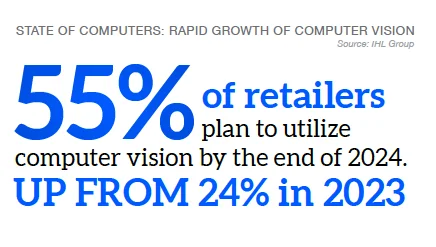Streamlining the Operational Cycle of Retail Computer Vision
In this week’s post, we talk about UltronAI’s ability to dramatically streamline the operational cycle of retail computer vision. There are ways to improve nearly every process in the world. Such improvements might be brought on simply by smart ideas and new perspectives, and other times, they involve the development or maturity of innovations that…









